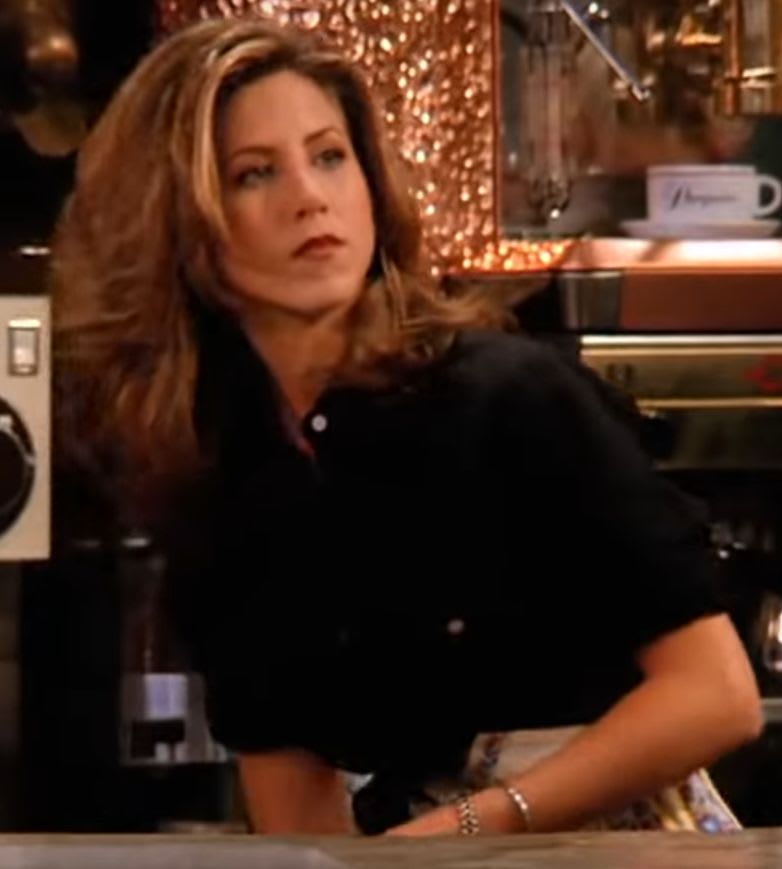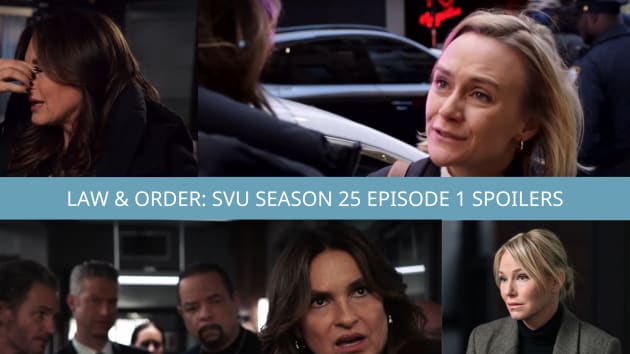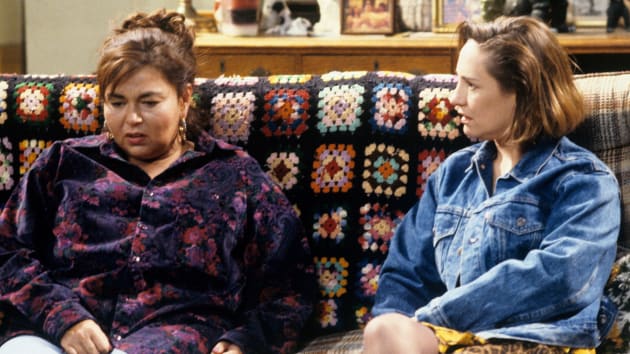“I can’t watch any sitcom before 2000 because it’s all so cringe. Racism, sexism, rape, and toxic behavior are not funny to me.”
You may have heard a friend or family member say something along those lines.
Or you might have made such a remark yourself.


Indeed, how did we ever watch all those old shows with so many problematic characters and politically incorrect plotlines?
Most iconic sitcom characters were bigoted or duplicitous and did not try their best to “be a better person.”
A Gen Z-er might ask, “Why did TV viewers ever sympathize with so many terrible people, like Archie Bunker, George Costanza, or Ross Geller?
A Boomer might ask, “Why can’t we just laugh at something that’s funny anymore? Back in the day, a good joke was a good joke.”


While a culture war seems like the right answer, I would blame the rise of “cringe humor” for what has happened to the sitcom over several decades.
Cringe humor is a subgenre of TV comedy that crept up in the early 2000s and has since gone mainstream.
So mainstream, in fact, that we now watch everything on comedy television through a lens of either “cringe” or “virtue.”
If something is positive, we cheer. That’s virtuous, that’s honest, and that’s empowering.
If something is negative, morally or ethically, we boo. That’s cringe.
What is Cringe TV Anyway?
That’s normal people reacting to the elephant in the room — the old fool who doesn’t respect our community’s social fabric.
He’s funny because he’s an idiot, and we’re laughing at the awkward tension he brings.


How dare you? How dare we forget the time we’re living in and the new community standards that now dominate the television landscape?
One of our favorite social media expressions is, “You could never make [that old show] today.”
Of course not. That show from the 1970s or 1980s would offend too many people.
And it’s not just that decades-old humor doesn’t translate to today. It’s because we now see everything through a “cringe lens.”
We see an old joke from 30 years ago, and we cringe, thinking, “Oh, that’s going to bother someone, isn’t it?” Or “Gee, that wouldn’t test well with audiences today.”
Or my favorite catchphrase, “How did we EVER think this was OK?”
What actually happened was that over 100 years or so, comedy has evolved in format and in presentation.
Comedy changes over time because so much of it is based on our shared perspectives.
We find humor in situations we can all relate to. In essence, we learn to speak the “language of comedy” with each other.
Laughter is just as much about relating to your audience as it is about finding something funny from your point of view.


Nothing is universally funny without context and without understanding the shared perspective of the audience.
Therefore, when zillennials shrug their shoulders at I Love Lucy or All in the Family, wondering “what we were thinking”, they are taking a museum tour of the way TV viewers used to see the world.
There’s no context explained, but if you lived through that time period, you instantly get it.
TV Comedy Changes Throughout History
I Love Lucy was one of the first classic sitcoms pioneered on television, and television was a new medium in the 1950s.
There was no blueprint for how TV comedies should look or even a basic formula to work from.


Instead, showrunners took notes from radio programming, which pioneered the teleplay and comedic dialog.
Since there were no visuals, the joke had to be explained in words and vocal inflection, like Vaudeville comedy routines.
Directors and writers also took notes from movies and stage plays, which showed them exactly how to frame a shot and how to set up “mise en scène.”
Therefore, when you watch a sitcom from 75 years ago today, you’re watching the birth of a new genre — one pioneered by Lucille Ball, director William Asher, and others who were creating something new.
At some point, around the 1970s, people got tired of conventional sitcoms and mainstream movies.
Cinema gave us controversial movies like Who’s Afraid of Virginia Woolf and A Clockwork Orange, and so it wasn’t long before television started coming of age too.


Nineteen-seventies sitcoms like All in the Family, SOAP, and Good Times were known for mixing comedy and drama.
Sitcoms were more like stage plays back then since theatre preceded television for thousands of years.
While the best sitcoms were filmed before a live studio audience, audience members were not just there to laugh.
Stage plays like Our Town and A Streetcar Named Desire elicited laughter, hushes of silence, and shrieks and sighs, which were often followed by applause.
A variety of emotions were part of the live-play experience. Monologues and soliloquies were used far more often back then, as they were distinctly a technique of live theatre.
They couldn’t show a montage of scenes and instantly convey a feeling or knowledge. You got it all in the speech.
Cringe Comedy Dominates the 2000 Era


It also wasn’t cringe.
Cringe, as we understand it now, just didn’t exist. Nobody got dressed up to go to a “Cringe” event. No one tuned in every week to see embarrassing reality footage.
Cringe came to us later, in the 1990s, mainly with the introduction of the single-camera setup and the creative decision to delete the laugh track.
Shows like The Wonder Years, Picket Fences, Northern Exposure, Ally McBeal, and Sex and the City showed us that comedy didn’t need a laugh track to make home viewers laugh.
And while I have a soft spot for The Larry Sanders Show, which deconstructed our obsession with TV talk shows, let’s be honest and credit Ricky Gervais’ The Office for creating the Cringe Comedy Genre as we know it.
Gervais, and later on American producer Greg Daniels, taught us that neither laughter nor even traditional punchlines were required for making a modern sitcom.


Gervais embraced social awkwardness as a weapon, bludgeoning the audience with scenes so hard to watch that they elicited big laughter.
We laughed as a defense mechanism to the social brutality of what we were forced to watch.
Iconic figures like David Brent and Michael Scott were treated as comedic antagonists.
They were the “bonehead” figure, the opposite role of the straight man, who was now pestering the audience for a reaction.
This golden age of Cringe Comedy also came at the same time a new comedy format was developing: the reality TV show.
Reality TV Destroyed the TV Show Formula
Reality TV shows didn’t have punchlines or particular techniques — except to showcase the worst of human nature.


They were unscripted (but still slightly manipulated in editing) and embarrassingly candid.
We laughed, cringed, and screamed at the screen when we met these “reality characters,” most of whom were antagonists, villains, and unlikable fools who were still inexplicably wealthy and famous.
Little did we know then that reality TV and cringe comedy were slowly shaping the future of comedy television.
These cringe shows taught us, somehow, the difference between right and wrong — or, shall we at least say, the difference between “toxic” and “trying to be a better person.”
Reality TV’s intention was to make us “hate” various real people for their character flaws.


Cringe mockumentaries taught us what to do when we see something socially unacceptable. We passively resist this terrible thing.
We blush, hide our faces, and stare in disbelief — or sometimes in quiet judgment.
We might even stare at the camera, letting everyone watching know, “This was not my idea. I’m just as appalled as you are.”
Sure, it was funny then because it was so unorthodox compared to 1990s sitcom cliches.
(Remember all those clones of Seinfeld and Friends?)
But over time, we’ve let cringe TV (the offspring of reality television and comedy mockumentaries) pervade the social consciousness of television comedy.
We Don’t Laugh Together Anymore
Simply put, TV viewers don’t know how to react to anything that isn’t an obvious punchline or that isn’t a “cringe moment” straight off of YouTube shorts.


We’ve lost the ability to objectively analyze and discuss provocative things we see on television. We’ve lost the desire to communicate with each other and find comic sensibilities that we have in common.
We have watered down our ability to disagree with someone or something but still find the value in having an open-ended conversation with an adversary.
Sure, you could blame politics for dividing us just as much as anything else.
But it seems that sitcoms in previous decades embraced the opportunity to find humor in conflict.
Perhaps the problem now is that the audience is either polarized in opinion or utterly silent on any controversial topic.
There is no more humor because we’ve stopped communicating with our enemies, adversaries, and acquaintances who are not our best friends and so are untrustworthy by default.
We’ve officially reached the new era of Politically Correct Comedy Famine in television.
We can’t handle conflict anymore because we’d rather fight than defuse arguments with good humor.


All we can do is cringe at anything that doesn’t feel right, letting the proverbial Michael Scott browbeat us into staying silent while he prattles on for minutes on end.
All I can tell you is that if you’re feeling the effects of comedy starvation, watch some sitcoms from the 1950s, 60s, 70s, and 80s.
See the world through your parents or grandparents’ eyes and try to figure out the context.
Watching old comedy shows not only seasons your sense of humor but also helps you figure out the neuroses of the generation before you.
After all, understanding a person’s sense of humor is taking a glimpse into their soul.
What do you think, TV fanatics? Is the sitcom in a sorry state because of cringe humor and the rise of political correctness?
Hit the comments section below to share your thoughts!








